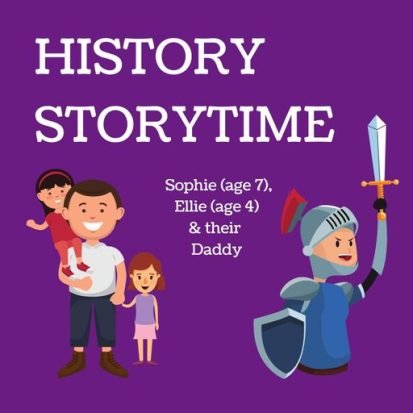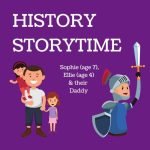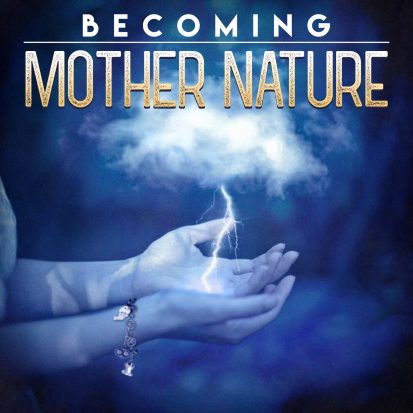Sophie (age 7) and Ellie (age 5) tell of the horse in history. We see how horses helped us with farming, transport and warfare. We see how inventions like the harness, saddle and stirrup helped change history.—-more—-We learn about how the Assyrians built a huge empire thanks to the invention of the saddle. We hear how knights came to dominate Europe thanks to the stirrup. We meet famous horses like the ones that Cortez used to conquer the central America. We hear how the Mayans believed that the horse and its rider were one person. We hear the link between the horse and the space shuttle – and why in history you need to ask why, why, why. We see how horses so transformed farming that they allowed the rise of cities. We tell how they so transformed transport that they led to trade, roads and paved the way for the nation state.We learn how horses were replaced by engines – by cars, trains, tractors and tanks. We see how even today concepts like horsepower are used to measure the power of engines. But we also talk about how we still enjoy the pleasure of horses today for riding or ceremonies or racing.If you like this episode then you should also listen to our other similar episode – “Animals in History: Dogs, Cats and Pigeons!”https://www.historystorytime.com/e/animals-in-history-dogs-cats-and-pigeons/NEW PATRONS’ CLUB – EXTRA EPISODESIn this episode we also meet some of our new Patrons’ Club members. There are different tiers of membership. But they all involved more episodes each month and you can get to choose your episode or even be in an episode. We’d love you to become a member. Go to https://www.patreon.com/historystorytime to sign up and to listen to our latest exclusive episode on the Seven Wonders of the World






